New research station protects Madagascar forest from the inside out
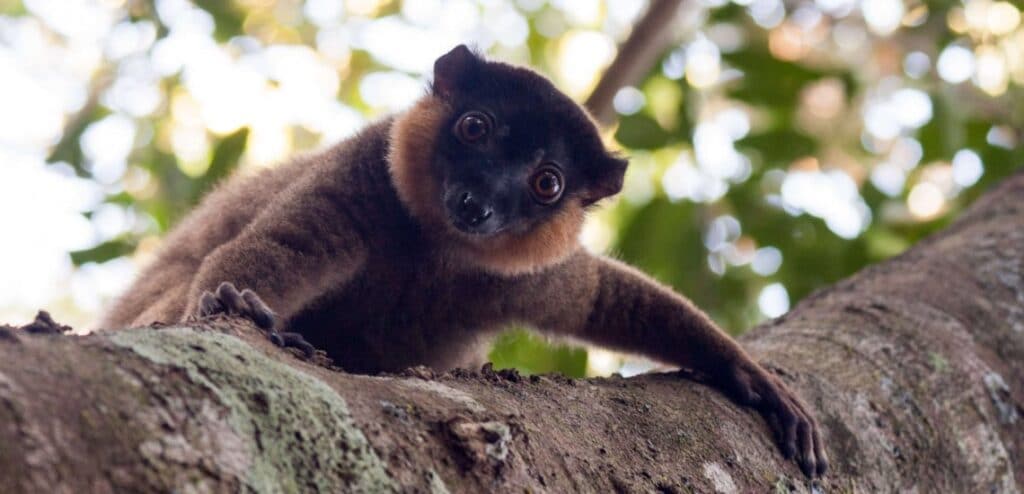
Geographical isolation and rugged terrain have given rise to astounding wildlife within Madagascar’s Tsitongambarika Forest, but have also made it difficult to reach and protect – until recently. Introducing Ampasy Research Station: a hub for community support and enabling forest conservation from the inside out.
By Cressida Stevens
Madagascar is renowned for its rich and unique fauna and flora. With more than 80% of its species found nowhere else on earth, the country has more unique species than any comparably sized landmass. Hone in on the southeast and you will find Tsitongambarika Forest, an Important Bird & Biodiversity Area (IBA), which even by the standards of Madagascar is something exceptional.
“Walking through the forests provides a wildlife experience like no other”, explains Roger Safford, BirdLife’s Preventing Extinctions Programme Manager, and author of ‘Birds of Madagascar’. Bulging eyes of lemurs stare down from branches overhead; Asity birds (from which our Partner in Madagascar takes its name) perch with surreal, neon eye-wattles that wouldn’t look out of place in a sci-fi film; take a closer look and you could spot a chameleon no bigger than a paperclip, or realise that an innocuous bit of foliage actually belongs to the back-end of a leaf-tailed gecko. “Even those who live and work here regularly discover species not yet known to science – a new plant was named just yesterday!” says Safford.
Image credit: Collared Brown Lemur © Belinda Bertrand / Flickr
“Walking through the forests provides a wildlife experience like no other. Even those who live and work here regularly discover species not yet known to science – a new plant was named just yesterday!”Roger Safford, BirdLife’s Preventing Extinctions Programme Manager
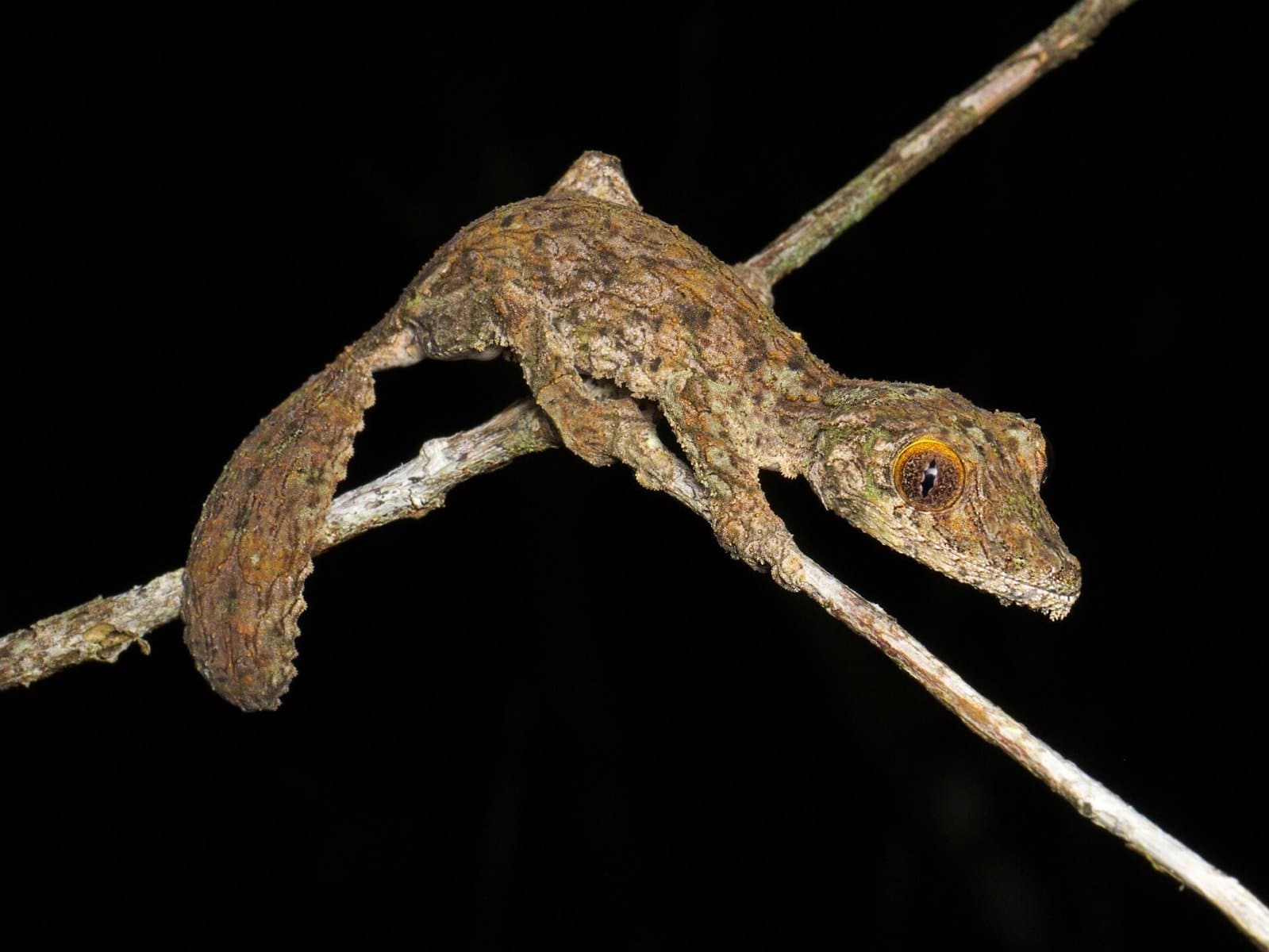
It is not just wildlife that rely on this special habitat. The forests provide local people with valuable materials such as firewood, charcoal and timber, and facilitate the area’s water supply from rivers that originate here. But this site is in danger, and with it, the vital services it provides. Forest has been lost to subsistence agriculture, logging and charcoal production, and sadly this continues. An increasing population means practices that were perhaps once sustainable are now having a significant impact. For over ten years our Partner, Asity Madagascar, has been working to manage the use of the forest in ways that benefit people from local communities, including advising them how to make a more sustainable (and often more gainful) living without detriment to the forest, while also respecting local traditions and knowledge.
Yet, the forest is hard to reach, and there’s only so much Asity can achieve from the sidelines. In fact, Tsitongambarika means “inaccessible to the barrel”, referring to the difficulties experienced by armed forces sent some centuries ago to pacify the area, bringing their supplies and weapons in barrels. So, in 2015, efforts to save the forest were boosted by the launch of Ampasy Research Station: in a land with so much still to discover, conservation research was taken to the front line.
The research station is in a beautiful location on the edge of the forest, soundtracked by the quiet ‘conversations’ of lemurs, frogs and birds, the gentle buzz of insects and gurgling water. With shelters, showers and catering, it offers a base for study and exploration. “Working in the station is really exciting; the site is really peaceful, with a clean river and many different species to see”, says Faniry Rakotoarimanana, Site Manager, Asity Madagascar. But the purpose extends far beyond just another tropical getaway or study site.
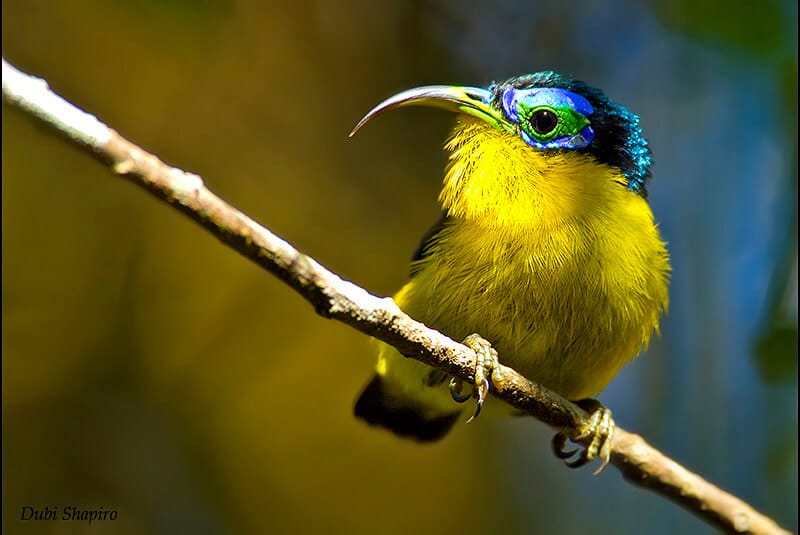
The station has three main objectives: to enable in situ study of local species and habitat; offer environmental education to the local communities; and to conserve and restore the surrounding forests and species within. Situated within the largest remaining areas of lowland rainforest in southern Madagascar, this has been the first ever opportunity to carry out long-term studies of the area’s extraordinary wildlife and build an accurate picture of how populations are impacted by human activity.
The research station is also contributing to enhanced livelihoods of the local villagers. It requires staff such as cooks, porters and guides, and the income generated is shared between Asity (to finance the wider conservation programme) and the local village associations. The arrival of researchers from across the world has increased awareness among local people as to how special their home truly is. Asity Madagascar is guiding local people through improving their agricultural methods, equipping them with the skills needed to better manage their forest, and supporting new sustainable sources of income such as vegetable farming and beekeeping.
The creation of jobs is a huge blessing for the forest, since an alternative occupation to unsustainable shifting agriculture minimises the need to clear forest for farming. It has also turned some people away from something more malign. Valuable and endangered hardwoods, such as ebony and rosewood, are found in the forest, and although their take is illegal, the financial reward for their trade has proven an attractive prospect for someone needing to feed their family with no easier option. A tenacious logger with the promise of ready cash is remarkably capable of finding a way to work around the inaccessibility of such treasure. Tragically, lemurs may be the collateral victims, providing a source of sustenance during a logging expedition.
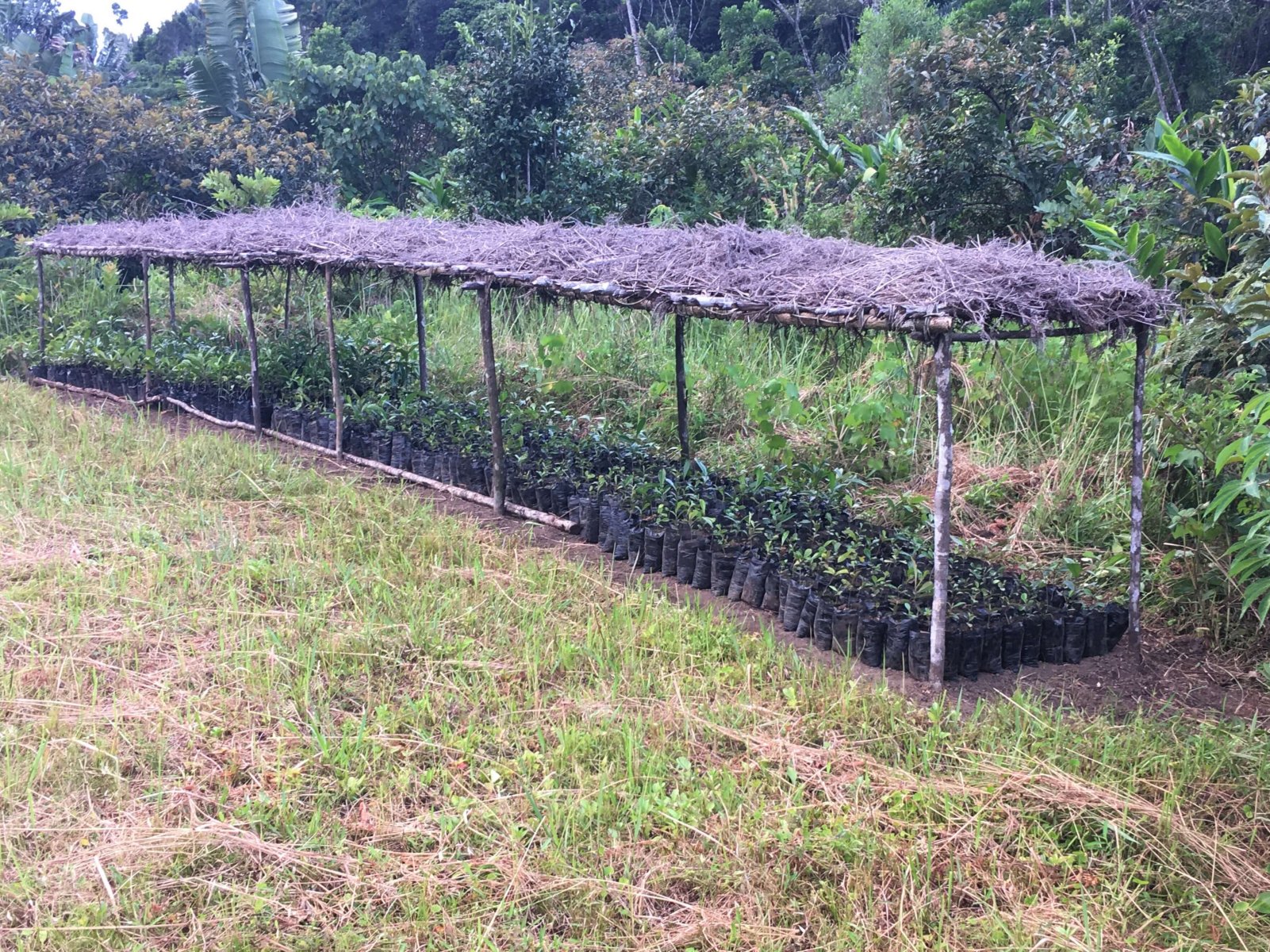
However, Ampasy Research Station has turned this around completely, with some ex-loggers and hunters now benefiting from livelihood support or employed as staff, glad to be able to make a living that helps to protect the forest rather than plunder it. Ampasy’s tree nursery facilities are also helping to heal the forest, replenishing the populations of exploited tree species by nurturing saplings of ebony, rosewood and other species through an initiative with the University of Antananarivo. In 2019, an impressive 10,000 young plants including ebony and rosewood were placed in the nursery, and 5,000 young plants were put in the ground around Ampasy forest.
A recent paper published in Oryx and led by Dr Giuseppe Donati from Oxford Brookes University has shown that threats, particularly from hunting, have decreased locally since the beginning of Asity’s work in Tsitongambarika, and decreased again since the establishment of the research station. Deforestation has also reduced, with forest cover around Ampasy remaining visibly intact over the same period. These results also support the idea that one of the best deterrents to poaching and habitat encroachment is a field station permanently used by field workers, both national and international.
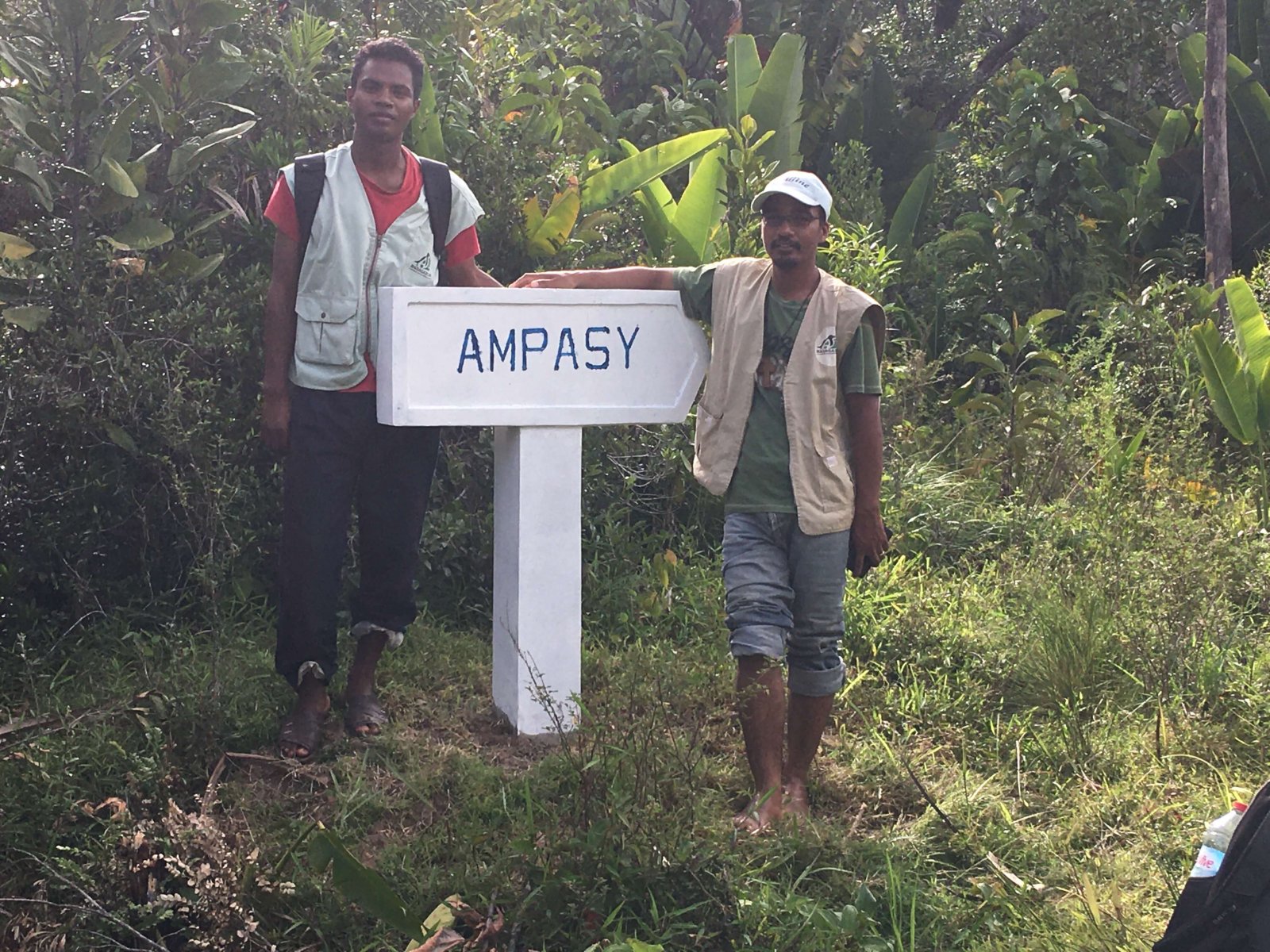
The conservation programme at Tsitongambarika has been funded by a range of donors. Ampasy Research Station was set up through a joint initiative of Oxford Brookes University, Rio Tinto QMM and Asity Madagascar. For supporting its creation and work, we thank Rio Tinto, RioTinto QMM, Save our Species – Lemur Initiative, Ted Reissing, the Cultures of Resistance Network Foundation, SVS/BirdLife Switzerland and Oxford Brookes University.
The BirdLife Forest Landscape Sustainability Accelerator is an initiative of Trillion Trees, and enters a new phase of support from Hempel Foundation and Google in 2020.
Stay up to date
Sign up to receive the latest bird conservation news. You’ll also receive updates about our projects, science and other ways to get involved including fundraising.
Thank you for your support, we are committed to protecting your personal information and privacy. For more information on how we use your data, please see our Privacy Policy. You can unsubscribe from emails at any time by using the link in the footer of any email from us.

